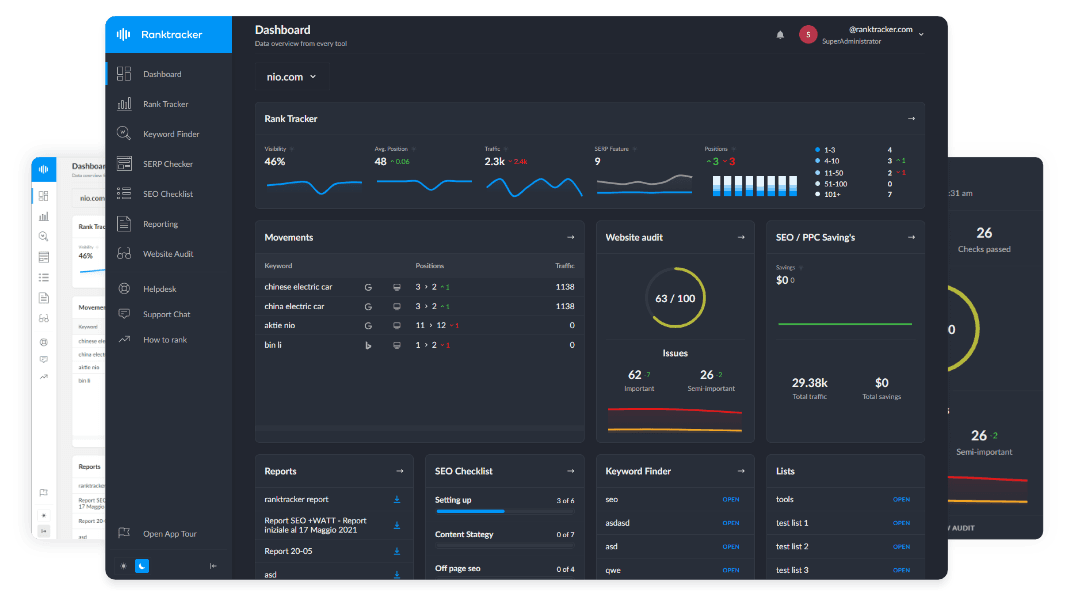Intro
Short-term fixes are appealing, especially when tech issues feel urgent. But Australian businesses are increasingly choosing to commit to longer-term IT partnerships. This shift isn’t just about reliability; it’s also tied to future-proofing operations, reducing risk, and creating space for scalable growth. If you’ve been juggling between quick repairs and consistent support, understanding what’s driving this change can help clarify what’s best for your setup.
One-Off Fixes Offer Speed, But Create Gaps
There’s a reason so many businesses turn to one-off IT fixes when something breaks. They’re quick, easy to arrange, and often give the immediate appearance of resolution. When a server is down or a system is glitching, it’s tempting to just call in for help, get it patched, and move on. However, while these fixes can restore access or halt an error in its tracks, they typically don’t delve much deeper.
Short-term services tend to treat symptoms instead of tracing their source. That’s where the trouble starts to stack up. Over time, businesses relying on sporadic support often end up with systems that feel cobbled together. It’s harder to trace faults, easier to miss updates, and nearly impossible to spot vulnerabilities early. Each one-off visit is just a reset button, not a forward step. The longer you rely on it, the more you end up spending to correct problems that could have been prevented.
Long-Term Support Builds Trust and Prevents Chaos
It’s a different experience when support becomes part of the business, not just a service you call in a crisis. The most significant change is consistency. Your IT systems aren’t being explained from scratch every few months, and solutions aren’t being built blindly. There’s already a framework, a history, and a plan.
That’s part of why more Australian organisations are moving toward managed services IT support. It’s not just about fixing things faster. It’s about removing the cycle of breakdown and repair altogether. When a team knows your infrastructure, they’re not just monitoring devices; they're also monitoring the entire system. They’re flagging risks early, planning for upgrades, and tailoring solutions to your specific operations, rather than offering generic fixes.
Trust grows naturally in the context of an ongoing relationship. So does accountability. You’re not left wondering if corners were cut or if a fix will last. You know who’s responsible, and you know they’ll be there next month. That reliability becomes part of your overall risk management, not just for tech, but for how your business runs day to day.
Cost Stability and Predictable Planning
Unplanned IT costs can quickly disrupt a budget. When you’re always reacting to issues, you’re also responding to invoices, and they rarely come at convenient times. A one-off fix might seem cheaper in the moment, but those scattered charges often stack up unpredictably. There’s also the cost of downtime to consider, mainly when a delayed fix affects clients or staff access.
With a long-term IT partner, costs are more easily managed. Most businesses on managed plans are familiar with what to expect from month to month, with fewer surprises and more structure. It’s also easier to prioritise bigger decisions. Planning for equipment upgrades, cloud migration, or security improvements becomes less reactive and more intentional. You’re not scrambling to justify spending — you’ve already got a roadmap in place.
This stability doesn’t just help the IT department. It benefits finance teams, operations managers and anyone trying to keep projects on track without unexpected tech issues derailing the schedule.
Better Security Through Continuous Monitoring
One of the most overlooked risks of ad hoc IT support is the security gap that can occur. When systems are only reviewed during a crisis, problems often go undetected until they’ve already done damage. Vulnerabilities can remain dormant for months, providing bad actors with a window of opportunity that no firewall can close after the fact.
The All-in-One Platform for Effective SEO
Behind every successful business is a strong SEO campaign. But with countless optimization tools and techniques out there to choose from, it can be hard to know where to start. Well, fear no more, cause I've got just the thing to help. Presenting the Ranktracker all-in-one platform for effective SEO
We have finally opened registration to Ranktracker absolutely free!
Create a free accountOr Sign in using your credentials
Continuous support shifts that entirely. When IT partners are engaged long term, they’re monitoring more than just devices. They’re watching for behaviour changes, outdated patches, unusual access logs and shifts in compliance obligations. That kind of visibility is hard to build from scratch during a single visit.
Australian businesses, particularly those in regulated sectors such as finance, health, or education, are under increasing pressure to demonstrate ongoing cyber risk management. A lasting partnership helps meet those standards without scrambling every time new rules come into effect. It’s about building a stable, secure baseline — not reacting to every threat as if it’s the first.
Supporting Growth Without Rebuilding Systems
Growth creates change, and change puts pressure on the IT infrastructure. That pressure often reveals whether the systems in place are flexible enough to adapt to changing circumstances. One-time IT providers are typically not involved in long-term planning, so their solutions may work well today but fall short when the business expands.
Ongoing partnerships are different. The support is already scaled to match business needs, and the provider is invested in keeping systems aligned with future goals. Whether you're adding staff, rolling out new software, or moving parts of your business online, there's already a strategy in motion. You’re not starting from scratch each time — you’re evolving from a stable foundation.
Such foresight is especially valuable in competitive industries. Delays caused by outdated systems or rushed IT changes can cost more than time. They can affect client confidence, staff productivity, and the ability to seize opportunities when they arise. Long-term IT support keeps the focus on what’s next, not just what’s wrong.
Conclusion
Businesses across Australia are shifting toward long-term IT partnerships because the traditional approach is no longer sufficient. Short-term fixes may offer a moment of relief, but they rarely support the complexity or pace of modern operations. With continuous support, there’s room for better planning, stronger security and more confidence in the systems running behind the scenes. The move to long-term thinking isn’t just about preventing problems. It’s about building a setup that grows with the business, not just holding it together.

